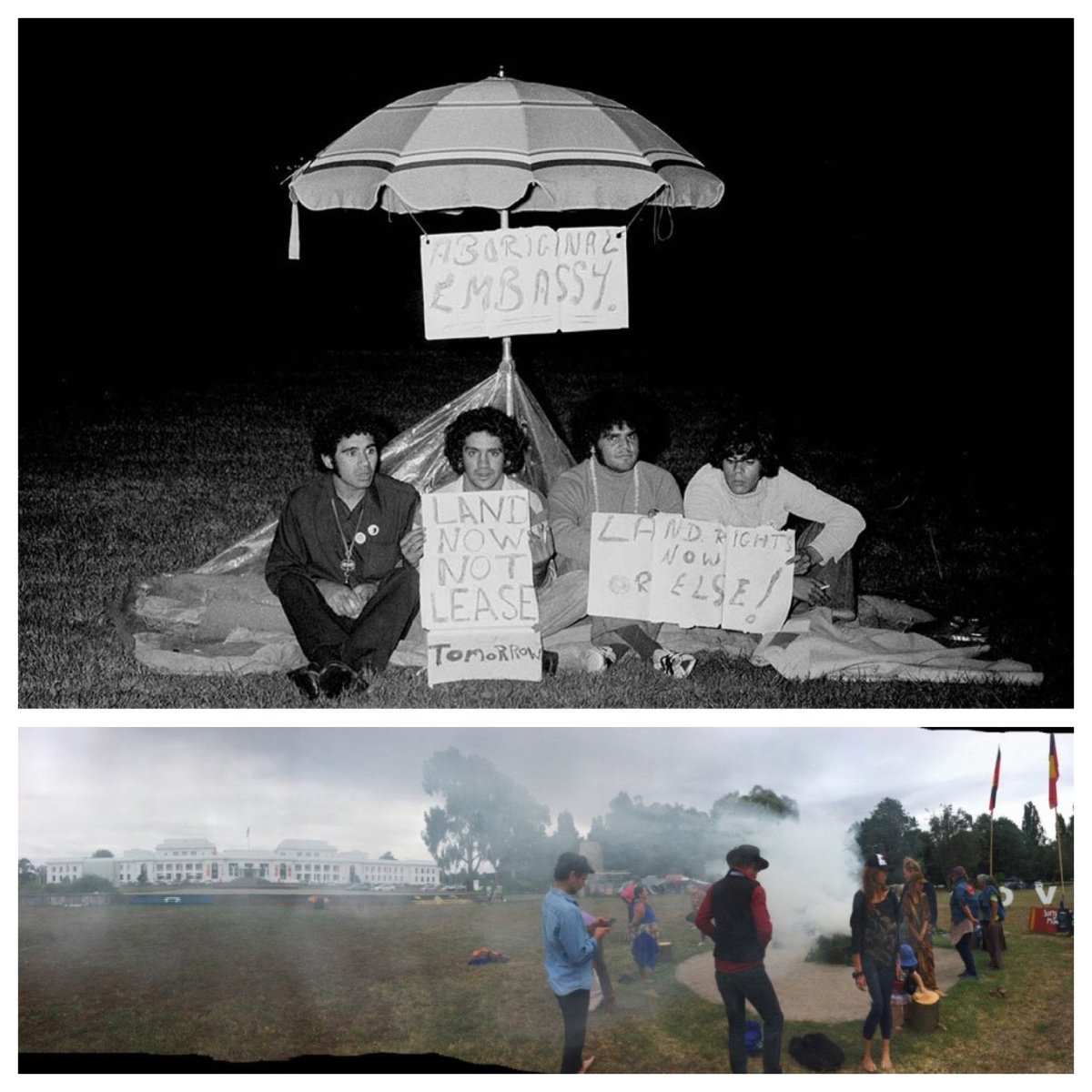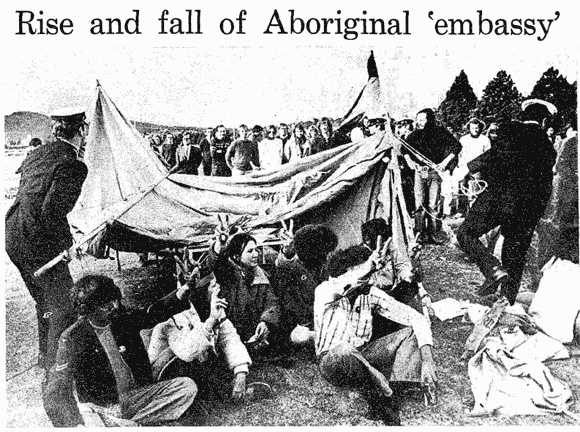Today, 27 January, is the day that is designated, in some churches, to remember three females who appear in the stories told by early followers of Jesus: Lydia, Dorcas, and Phoebe. These three women are impressive and important figures in their own right.

They stand in the tradition of strong female figures who regularly appear throughout the stories of the Hebrew Bible: Miriam, alongside her brother Moses, in the flight of Hebrews from Egypt; the prophetic leader, Deborah, during the time of the Judges; Abigail, who was blessed by David for her canny leadership; Huldah, a key prophetic figure in the reformation under Josiah; assorted prophetic women who are noted by the prophet, Joel; Lady Wisdom, teaching in the streets and at the city gates; the Eshet Ḥayil, woman of valour, extolled in Prov 31; Naomi and Ruth, a strategic team at a critical,time; Esther, influential in the Persian court; and Judith, another canny strategist in the time of the Assyrian occupation.
In the very early stages of the Christian church, there are a number of women leaders whom we know by name because they are specifically mentioned in Letters of Paul or in the account of the church in Acts: Priscilla of Rome, later found in Corinth and then Ephesus; Phoebe of Cenchreae; Junia the apostle; Mary of Jerusalem; Tabitha, known as Dorcas, of Joppa; Lydia of Philippi, Euodia and Syntyche of Philippi; Chloe of Corinth; Tryphosa, Persia, Julia and Olympas of Rome; and many more unnamed. The number of women in leadership in the early Pauline churches, given the cultural context, is breathtaking.

The prominence of women leadership in the ongoing church (much to the consternation of some prominent male leaders!) attests to the valuing of female leadership in the movement that became Christianity.
*****
Tabitha, a Jewish woman introduced as “a disciple”, is described as a woman “full of good works and acts of charity” (9:36), a quality she shares with Barnabas (11:24). Tabitha also has a Greek name, Dorcas, and so she prefigures the kind of gentile believer who will become important in the narrative; she is devout and devoted to charitable acts, like Cornelius (10:2), and both come to full acceptance of the good news about Jesus.

The resuscitation of Dorcas by Peter recalls the similar act performed by Jesus in Nain (Luke 7:11-17) and prefigures another by Paul in Troas (Acts 20:9-12). These stories stand in the Jewish tradition of resuscitations or reawakenings (1 Ki 17:17-24; 2 Ki 4:32-37). Yet such an act is striking, and comes to be “known through the whole of Joppa” (9:42), just as the healing of the lame man “became known by all who live in Jerusalem” (4:16) and the defeat of the Jewish exorcists became “known to all residents in Ephesus” (19:17). Each of these events have significance beyond the immediate act performed. Indeed, the desire to have “known” what God is doing frames the whole of Acts, from Peter’s Pentecost speech in Jerusalem (2:14) to Paul’s final speech in Rome (28:28).
The interaction of Peter and Dorcas feeds into this overarching strategy that is being recounted in Acts. This encounter provides a pattern for future missionary activity.
*****
We meet Lydia, a well to do business woman, in Philippi, which Luke describes as “a leading city of the district of Macedonia and a Roman colony” (Acts 16:12). She trades in purple cloth (16:14), indicating that she deals with people of the upper classes (purple dye was expensive and much valued by these classes). Although Lydia comes from Thyatira, in the region of Lydia in Asia Minor (Rev 1:11; 2:18), she works as a business woman in the important commercial city of Philippi, in Macedonia. Lydia obviously has wealth and status.

Whilst in Philippi, Paul and those travelling with him find a place of worship on the sabbath (16:13)—not, as expected, a synagogue (see 13:5), but “a place of prayer” (16:13) for some women. Lydia, the presumed leader and perhaps host of those who gather at this “place of prayer” is a godfearer, as were characters in earlier chapters—Cornelius (10:2) and probably the Ethiopian (8:27). What takes place in Philippi puts Lydia in a paradigmatic position akin to that occupied by Cornelius.
Lydia is the first individual convert identified once Paul, Silas and Timothy, under divine guidance, have crossed over into Macedonia (16:6-10). She thus presents a paradigm for the process of conversion and leadership; as the first convert in Europe, she models a faithful response to the message of Paul. The narrative includes a number of key phrases which point us to other scenes in Acts, where the same dynamics are at work.
What takes place in this scene is directly interpreted as an act of God, for “the Lord opened her heart” (16:14) to listen eagerly to Paul’s words. The “opening of her heart” (16:14) echoes the discoveries made by the archetypal disciples on the walk to Emmaus (Luke 24:31,32) and by the larger group of followers gathered in Jerusalem later that day (24:45). Her “eager listening” (16:14) repeats the response evoked by Philip in Samaria (8:6).
Lydia is judged as being “faithful to the Lord” and, with her household, is baptised (16:15), in accord with the programmatic declaration of Peter’s Pentecost exhortation (2:38-39). The baptism of her household follows the pattern already seen in Caesarea (10:24-48; 11:13-16) and foreshadows a pattern which will be repeated soon in Philippi (16:31-33), and subsequently in Corinth (18:8).
Her belief leads to the offer of hospitality (16:15), as was also the case with the Gentiles in Caesarea (10:48); this same pattern follows in the story of the conversion of the Philippian gaoler and his household (16:34). Lydia’s role as a patroness echoes that of Mary, the mother of John Mark, in Jerusalem (12:12) and prefigures that of Priscilla (with Aquila, 18:13). Paul will encounter, and convince, other women of relatively high social status later in Thessalonika (17:4) and Beroea (17:12).
Lydia sets the pattern for other significant female leaders in the mission amongst the wider gentile world that Paul (according to Acts) was spearheading.
*****
The first person to explain Paul’s letter to the Romans was probably a woman, Phoebe, Paul’s emissary to the Roman churches. Paul introduces her with a brief letter of commendation (Rom 16.1-2), at the start of a chapter where many individuals are mentioned by name—both males and females. Phoebe is the first of nine women identified by name or key relationship: Prisca (Priscilla), Mary, Junia, Tryphaena, Tryphosa, Rufus’ mother, Julia, and Nereus’ sister follow in later verses.

Perhaps Phoebe stands at the head of this list because she was the person bearing the letter from Paul, and she would have delivered it, maybe even read it out, to the believers in the various house churches in Rome. That’s certainly a hypothesis that various reputable scholars advocate.
Two very significant terms are used to indicate the leadership role of Phoebe. The first word, diakonos, is a term used by Paul to describe his own preaching activity. The correct translation should be deacon (not deaconess). The word is used by Paul to describe himself and Apollos (1 Cor 3:5; 2 Cor 3:6, 4:1), as well as Epaphras (Col 1:7), Tychicus (Col 4:7), and “all the saints in Christ Jesus who are in Philippi, with the oversees (episkopois) and deacons (diakonois)” (Phil 1:1). It is used later to describe Timothy (1 Tim 4:6).
The second word, prostatis, can mean “helper” (perhaps in the sense of a “Girl Friday”)—but it can also mean “benefactor”, in the sense of one who helps from a position of prestige and power. It is this second meaning which Paul clearly has in mind; there were other words he could have used if he really wanted to relegate Phoebe to a subservient position as assistant or helper.
We can see that Paul wants to indicate Phoebe’s role as a leader in the church, from his use of the same term in the list of gifts at Rom 12:6,8 (where it clearly indicates a leadership, oversight, role), and in the directions to the Thessalonians to “to respect those who labour among you and have charge of you (proistamenous) in the Lord and admonish you” (1 Thess 5:12).
The same word appears in a later letter, referring to individuals who have a role in managing and overseeing household affairs (1 Tim 3:4,5,12) as well as in ruling the church community (1 Tim 5:17). This is the position that Phoebe held in the church in Cenchreae, the eastern harbour port for the city of Corinth, which is where Paul was staying when he dictated the letter to the Romans (Rom 16:22).
Phoebe is thus an impressive leader, having charge over the church in Cenchreae and possibly also playing a significant role in communicating to the church in Rome.
It is good, therefore, today, to remember these three female leaders in the early church: Lydia, Dorcas, and Phoebe.





































